This article follows the talk by Hallgeir Gustavsen of Vecora, where he shared his take on a travel buyer’s journey and referred to a real case from his practice to show how a digital marketing journey map can aid advertising campaigns.
While journey mapping has long been a staple in the world of digital experiences, there are other tools that marketers tend to choose over it. However, bringing a CX mindset to your advertising campaigns has a lot of potential and business impact.
This article will explain how to use digital customer journey mapping for marketing. We’ll see how understanding personas and visualizing their journeys from an early stage can lead to higher conversion rates. Plus, you’ll learn how to create your own funnel based on tips and examples inspired by a real travel company case.
Fasten your seatbelts, folks! We're about to embark on a journey to better marketing.
Contents
Why use CX for marketing in the first place?

Many brands tend to prefer a money-focused approach over a customer-centric one that targets customer satisfaction first. But they’re not necessarily opposites. You can provide more value by placing the client at the core of all business decisions and addressing their wants and needs. And the more valuable you become to consumers, the more money they’re willing to give your products or services in return.
To effectively implement an approach like that, you need to understand your target audience on a deeper level. That’s where personas come into play. In order to help someone, you have to know them. You can then tailor your marketing campaigns to their specific needs, increasing the chances of success.
You also need to know what your consumers want to attain and where they’re going. Customer journeys help you lay out the persona’s goals and visualize the exact steps they take to achieve them with your brand. Knowing this sequence, from initial awareness to the first purchase, you’ll be able to guide clients from one stage to the next.
Armed with a digital marketing journey map, you can move people in powerful ways: inspire, encourage, influence, persuade, and impact them on a physical, mental, and metaphorical level. You’ll need to leverage storytelling, digital advertising, and micro conversions.
Creating customer personas
A simple rule: the more you know about your potential clients, the more likely you are to make them your actual clients. Personas are customer archetypes that embody your customer base's different segments. They help you understand people more profoundly, shedding light on their goals, aspirations, and motivations.
Here are three essential things you need to know about your personas:
- Their needs and wants;
- The issues they’re facing;
- The context, setting, or situation they’re in.
Imagine you have two people trying to move a couch, but they get stuck in the doorway. They’re trying their hardest, but it won’t budge, and naturally, they get very angry. Finally, someone comes along and offers to help them. Now three people are struggling with the couch. At some point, the first pair resigns: “We give up! We just can’t get this sofa out of here!”. The helper’s amazed: “Out? I thought we were trying to get the sofa in! I’ve been pushing the whole time, and you’ve been pulling!”
The story's moral is that if you don’t know what people are trying to do, it can be very hard to help them achieve that. So, creating research-based, well-grounded personas is a stage you can’t skip.
Here’s what a customer persona may look like:
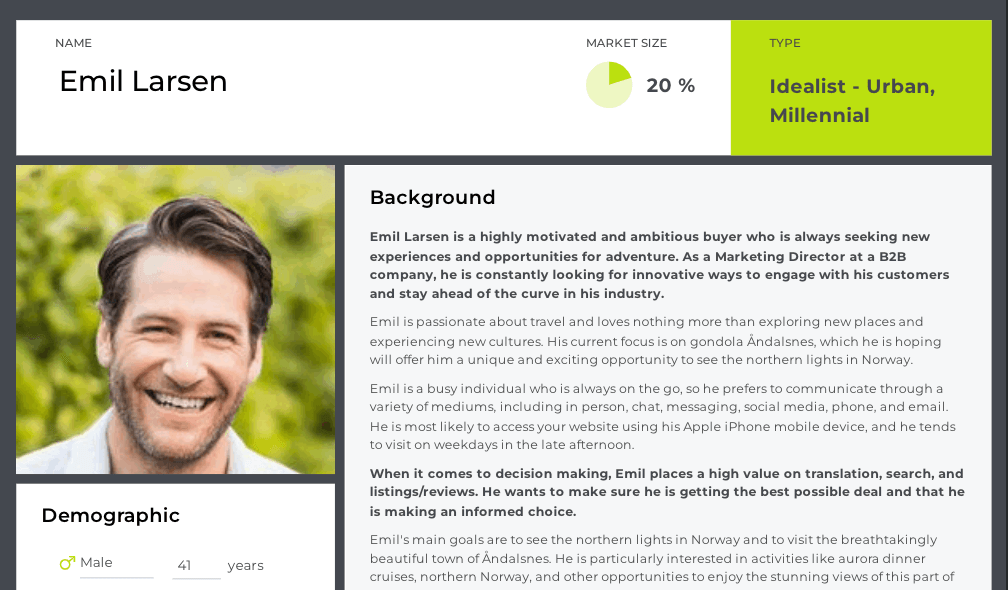
You can use these sections and the questions related to them to inform your personas and make them more powerful:
- Demographics: how old are they, are they married, do they have kids?
- Background: what kind of job do they have, and what are their values?
- Goals: what is it that they want to achieve?
- Problems: what challenges do they face on that path?
- Frustrations: what can ruin the digital customer experience and prevent them from using your product or service?
- Scenarios: where do they go to find information, what kind are they looking for, what resonates with them, and what industry-specific things do they research?
Once you fill in all the gaps with knowledge, it's time to move on to creating the journey.
Building a digital marketing journey map
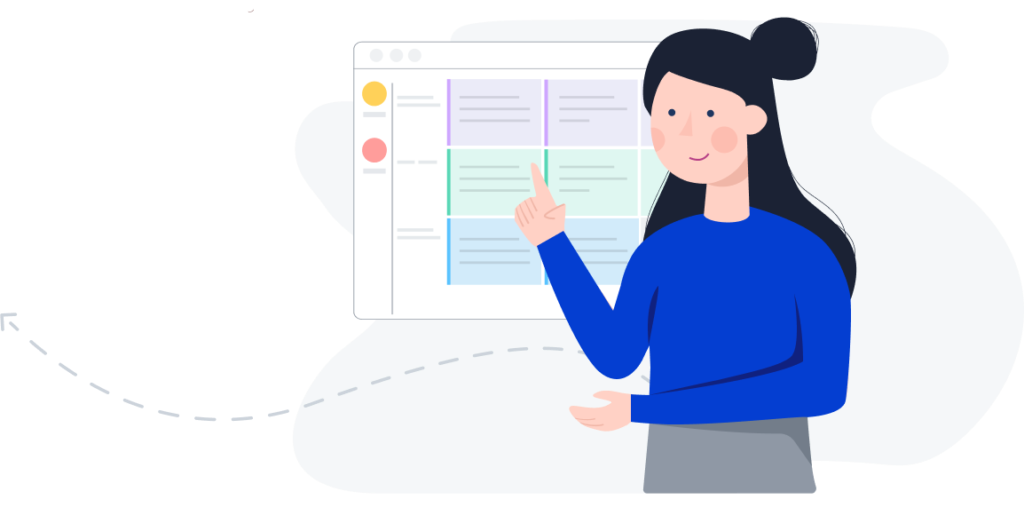
Just knowing who someone is still doesn’t tell you how to help them in the best way possible and guide them through awareness to advocacy of your brand. What’s missing is the context, and a journey map will provide you with it. So, let's go to the customer journey mapping process itself.
The three essential aspects you need to learn to move personas along in their journey are:
- Destination. Knowing where the person is and what phase they’re currently in is crucial for helping them achieve the next step.
- Touchpoints. How and when do personas interact with your company? What digital channels do they use? It could be through social media, TV, a poster on the street, etc.
- Questions. To move the persona one step closer to their destination, you’ll also need to answer the questions they have along the way.
Some other sections to include in your journey map would be the persona’s goals, problems, a digital customer experience graph with their emotions, customer touchpoints, quotes, and points of delight.
As for the customer journey stages, if we circle back to our specific case of creating a travel company buyer’s journey for marketing purposes, here are the five steps to consider:
- ‘Desire’ or ‘Dreaming’ — the persona is thinking about the kind of vacation they want to go on, what experiences they want to have, how they want to get there, etc.;
- Research;
- Planning;
- Booking;
- Waiting (before they go on their trip).
Note that we're not looking at the entire customer journey map, but only a part of it that relates to their digital client experience before their travel plans come to life, no physical experiences. To fill out the sections you’ve chosen, stage-by-stage, use your creativity, your knowledge about the customer, and your product knowledge. All to create a perfect digital experience strategy afterwards.
And here’s an example of a travel company buyer’s journey built for Emil, the persona above, with the sections and digital customer journey stages we outlined:
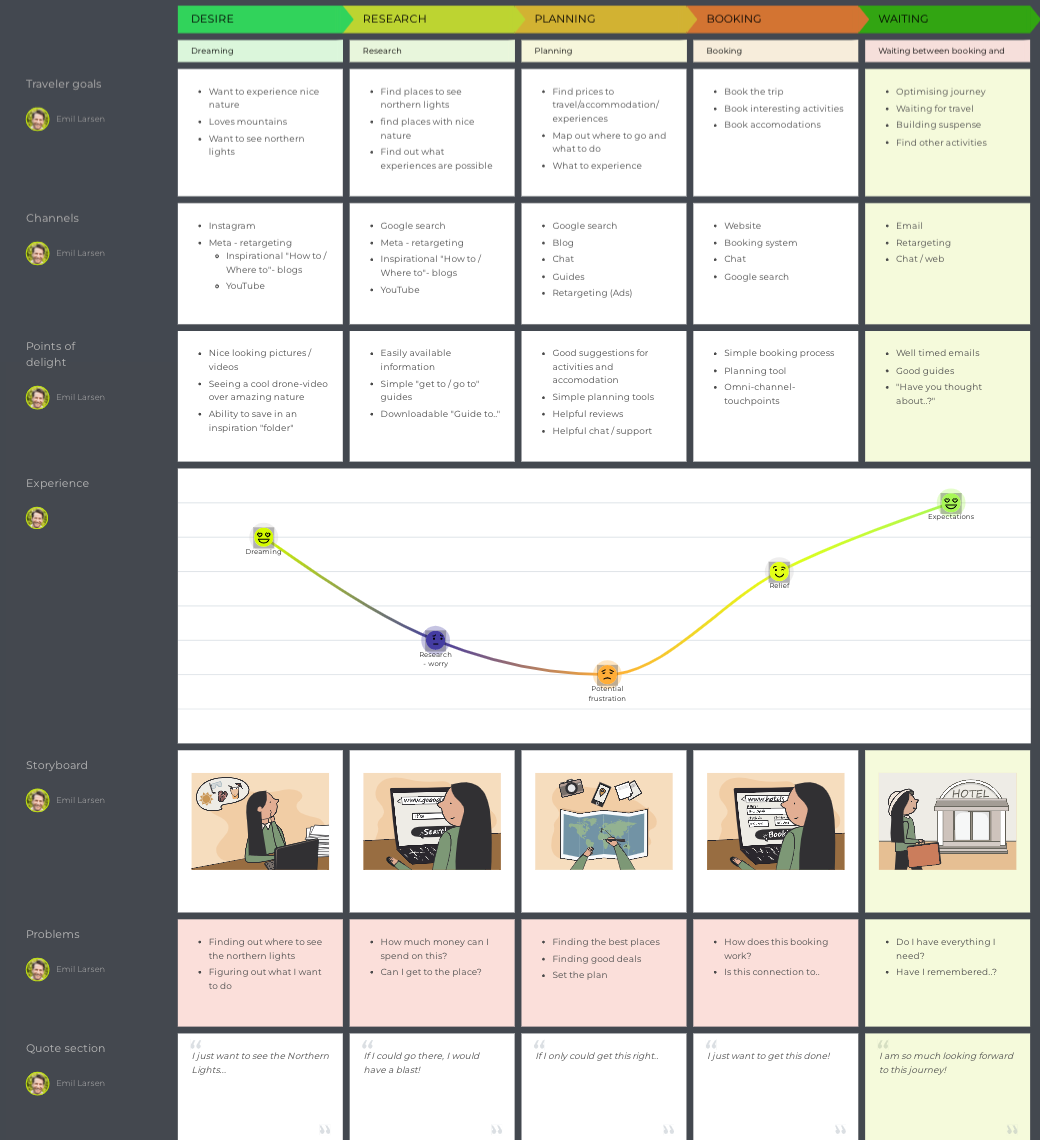
Expert tip: to create the map itself, you could use post-it notes, a whiteboard, or a dedicated tool. The benefit of using a CJM tool is that the map is shareable and editable, which is great for a larger organization.
Applying the findings to marketing campaigns
The iOS-14 update made it more difficult for businesses to gather digital customer data and measure customer engagement. Unlike before, people now must actively opt in and allow apps or websites to track their data. But there still is a way to collect smart insights about the audience when more and more users are opting out.
And the answer is an approach called results-driven marketing. You track how people progress along the buyer's journey and adjust the advertising strategies based on the campaign performance. Think of it as a funnel where customers qualify themselves by their actions at each step.
Creating the marketing funnel
A small disclaimer before we proceed: for our example, we’ll be looking at a campaign built within the Meta platform. The steps of the funnel correspond to the stages of the buyer journey we created. At each step, we’ll be presenting the target audience with different pieces of content and setting conversion goals accordingly, watching customer behavior and their online experience through the way.
Step 1. ‘Desire’ journey stage
Step one is made to pique the interest of the potential client. We start with a totally cold audience that knows nothing about our business. They haven’t been to the website or seen our social media pages. The goal here is to get them to watch a short video clip. It’s not trying to sell the product yet, just teasing the customer.
With Meta’s feature called ThruPlay, we’ll only pay for the ads that are played to completion, or at least 15 seconds. Within the platform, you can move people between audiences based on their interaction with the video. So, like tour guides, we’ll take part of the initial group to the next destination of their digital journey.
Step 2. ‘Research’ journey stage
Step two is when we’re trying to inform people about the product. We’re still not actively selling it, so the content is an informational article: How easy it is to get started with X, How to choose X, etc. You should try different approaches: more rational and more emotional ones — to see what kind of messaging works the best for your target audience. The goal here is to get clicks on the article.
Step 3. ‘Planning’ journey stage
Step three is time to try to sell the product or service. We can do this based on what articles the user has clicked on before. We also know they’ve seen our first video, so we can craft a targeted message, keeping the personas and the ideal customer journey in mind.
Step 4. ‘Booking’ journey stage
At step four, we’re actively selling, aiming to get a booking. You can use a hook or push on the FOMO with, for instance, a coupon code.
Step 5. ‘Waiting’ journey stage
Now that we know people have bought something, we can use this step to upsell, cross-sell, or strengthen the result: show them they’ve made the right decision. In the long run, this lays the groundwork for better retention and loyal customers.
In Hallgeir’s case, the campaign returned about 28 times what was spent on it in sales. The funnel was built in 6 months. First came the user research to know the customer better, followed by audience journey mapping. Then, they had to figure out how to bring maximum impact for those clients, tweaking the content and messaging in the digital customer experience strategy above.
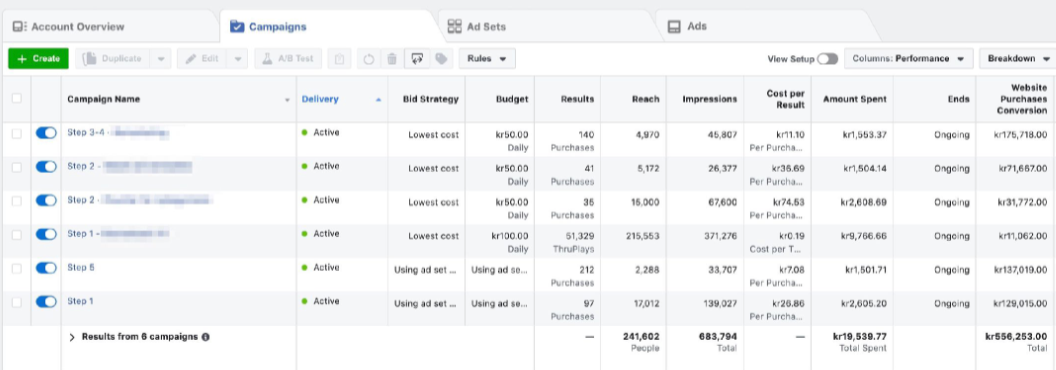
Expert tip: keep in mind that Step 1 may take up a good chunk of your budget and show a lower ROI compared to other steps, but it’s a foundation you can’t do without.
Building a result-driven marketing funnel in your buyer’s journey
So here’s a short overview of how you can build your own funnel:
- Telling the story. You think about your persona having an issue, a need, or a desire and use profile characteristics to recreate their interactions with your brand across the digital customer journey touchpoints.
- Making the steps. Based on the journey stages, you figure out what steps they need to complete to move within the marketing funnel and what questions they want to get answered.
- Qualifying customers through the funnel. Think of it as an experiment, and be ready to put time and effort into each phase.
The value of result-driven marketing lies in the journey itself. Every step guides your leads to fulfill their quest to solve a problem or grant a wish. And you’re just helping them along the way. So remember to focus your efforts on the people you can help the most, since you know where they’re going.
Another benefit of the approach is that the campaign is evergreen. You can constantly improve it once the main structure is set. You’ll be changing the content part as you go, but not the essential steps related to the retail customer journey.
Read also: Journey mapping in marketing
Key takeaways for a digital marketing journey map
Taking a CX-centered approach to your business can significantly impact both your bottom line and your clients' loyalty and happiness. Instead of guessing at your marketing efforts, use personas to gain a deeper understanding of your customers.
Then, based on their digital marketing journey map and the insights you discover, create a funnel inside your advertising platform and guide potential customers to success with compelling storytelling, targeted content, and micro conversions.
Don’t let your marketing be a shot in the dark. Take the time to understand your audience and create a customer experience journey that will leave the customers satisfied and ready for their next adventure, whether it’s a physical or a virtual one. Great customer journey solutions shared with the team are your direct way to a seamless experience for your audience and fewer customers for your competitors.
Templates
Looking for a source of inspiration or need a starting point for your digital CX strategy?
We’ve got lots of ready-to-go digital customer experience examples in our template library for you.
The recording
If you’re not too keen on reading about digital experience stuff and would rather watch instead, here’s a full recording of the event with Hallgeir. Get even more tips for your digital marketing journey map and digital customer experience management by seeing what topics were covered during the Q&A session:
Hallgeir Gustavsen is a digital marketing strategy specialist who works out of Norway. In addition to working hands-on with clients like Ringnes, Figgjo, If Insurance, Salma, and Norwegian Travel, he is teaching digital marketing at the University of Stavanger, has done talks at Noroff University, and provides course material for a national digital course provider. He has a podcast about marketing, creativity, and entrepreneurship and is the creator behind one of the largest marketing newsletters in Norway.
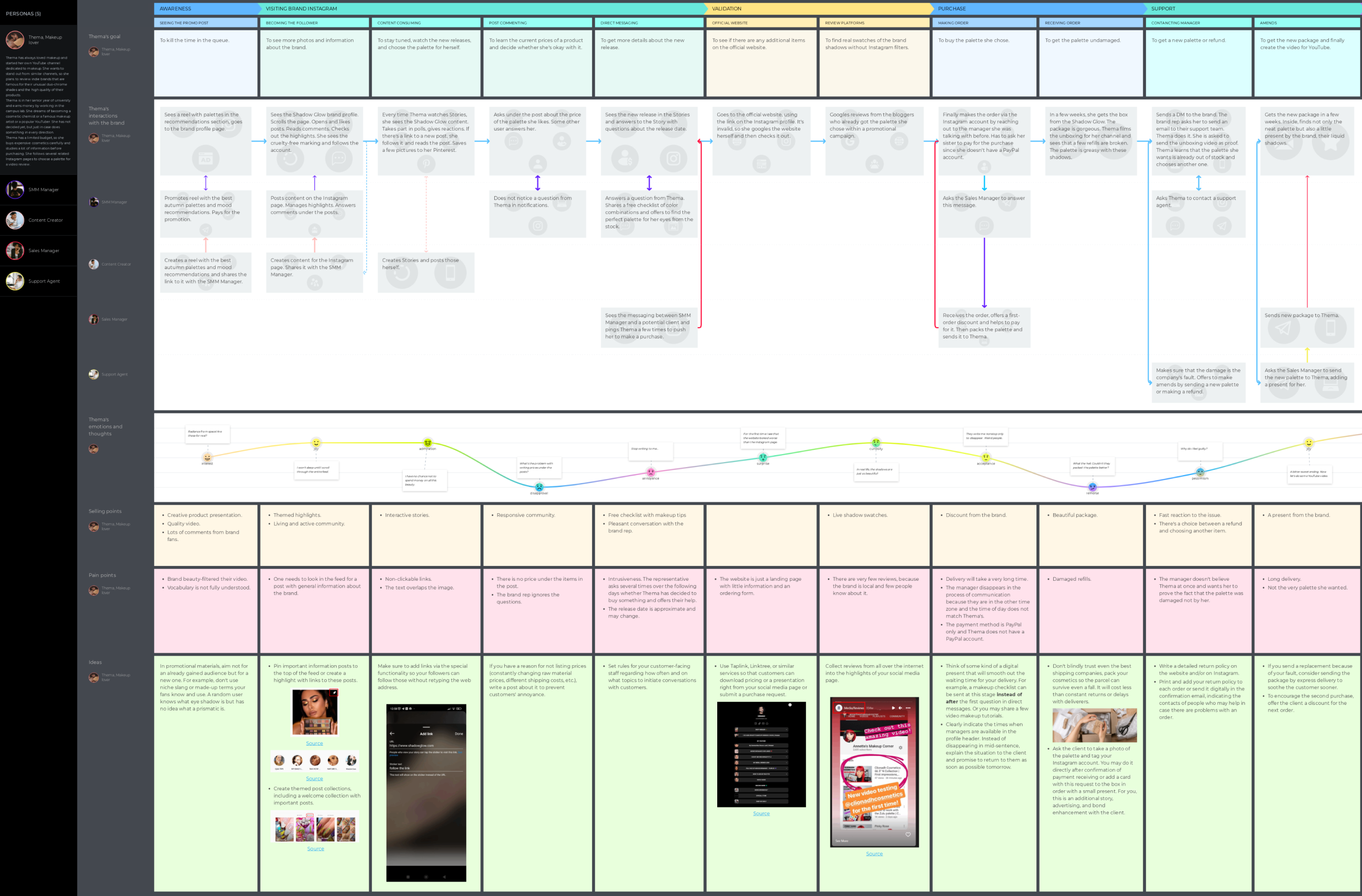
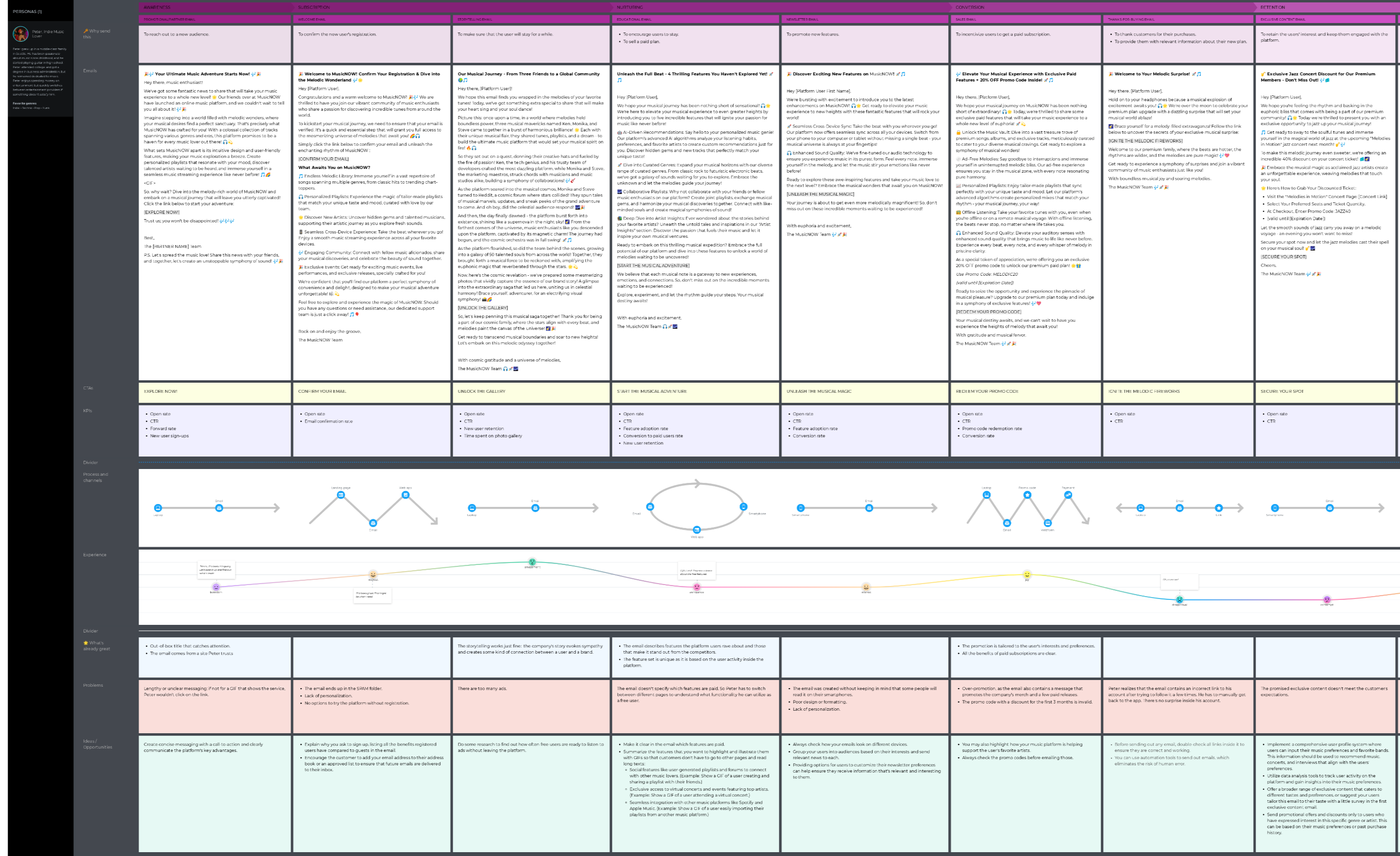
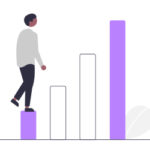
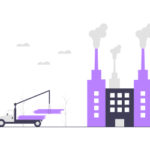




This post is very insightful! I never considered using a digital marketing journey map to create an advertising funnel. The idea of mapping out each stage of the journey and corresponding it to a funnel step really peaked my interest. I will definitely look into implementing this strategy for my own marketing efforts.